This post explains how you can describe your clothing. You can learn names of clothing items, colours, patterns and how to put these words together.
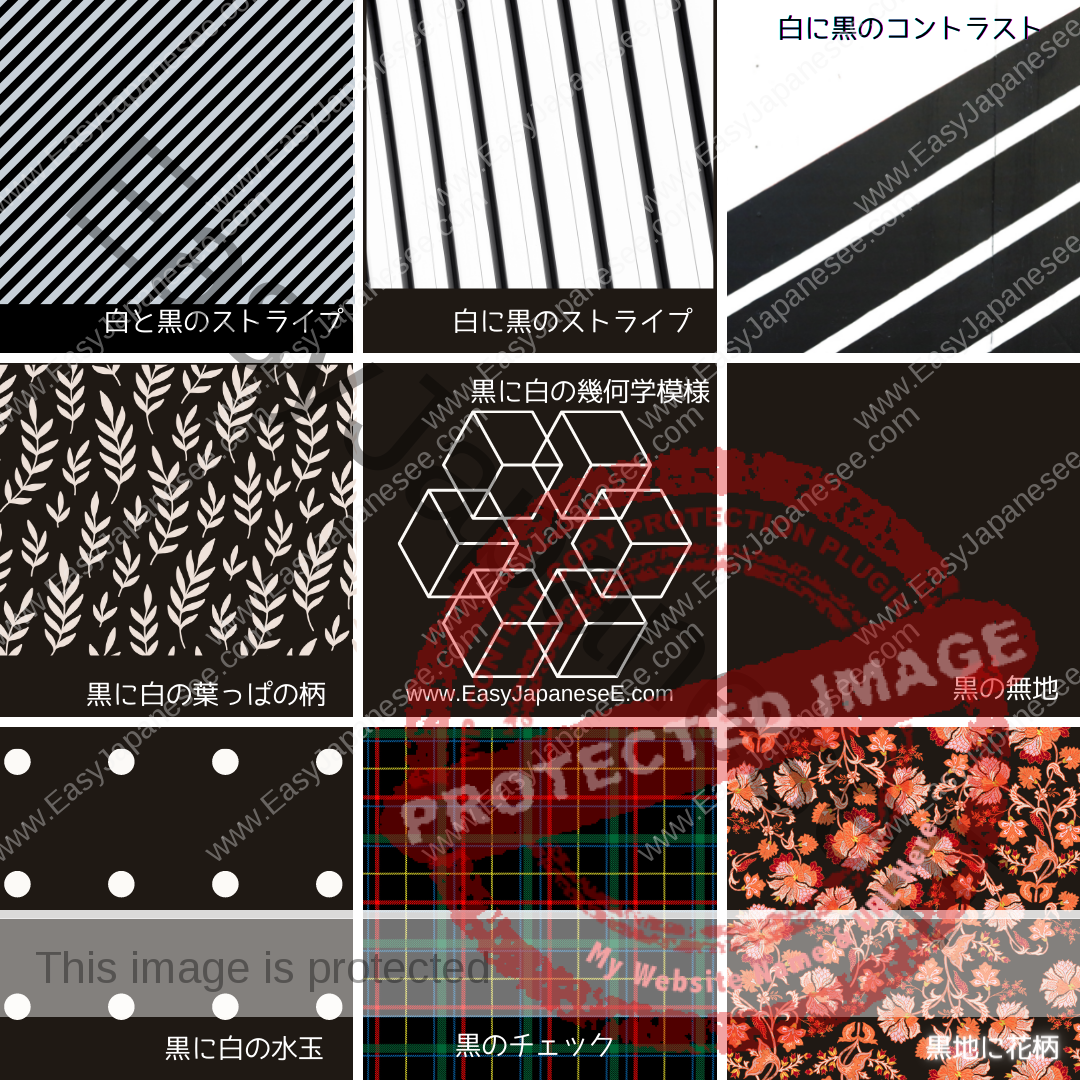

This post explains how you can describe your clothing. You can learn names of clothing items, colours, patterns and how to put these words together.
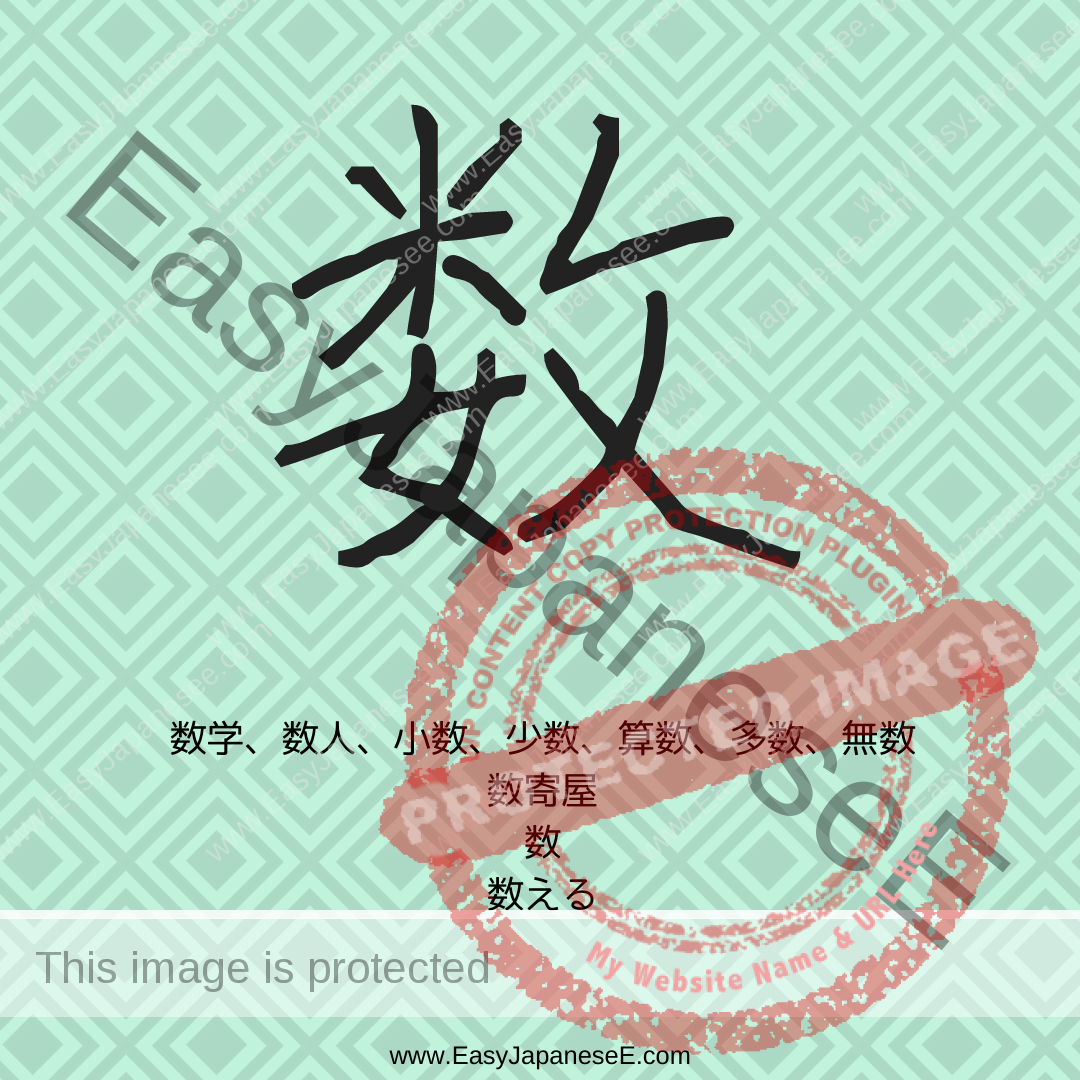
Today’s #kanji is 数, which is listed under the radical of #ぼくづくり(攴/攵), which has the meaning of holding a stick. Check the 4 readings of this character here.

Similar to ~がち, ~ぎみ is used to describe some rather negative tendency. ~ぎみ is more focused on the current condition than how often things happen.

~がち is often used to describe a rather negative tendency or habit. So it gets translated “tend to…”, “… rather often”, etc.
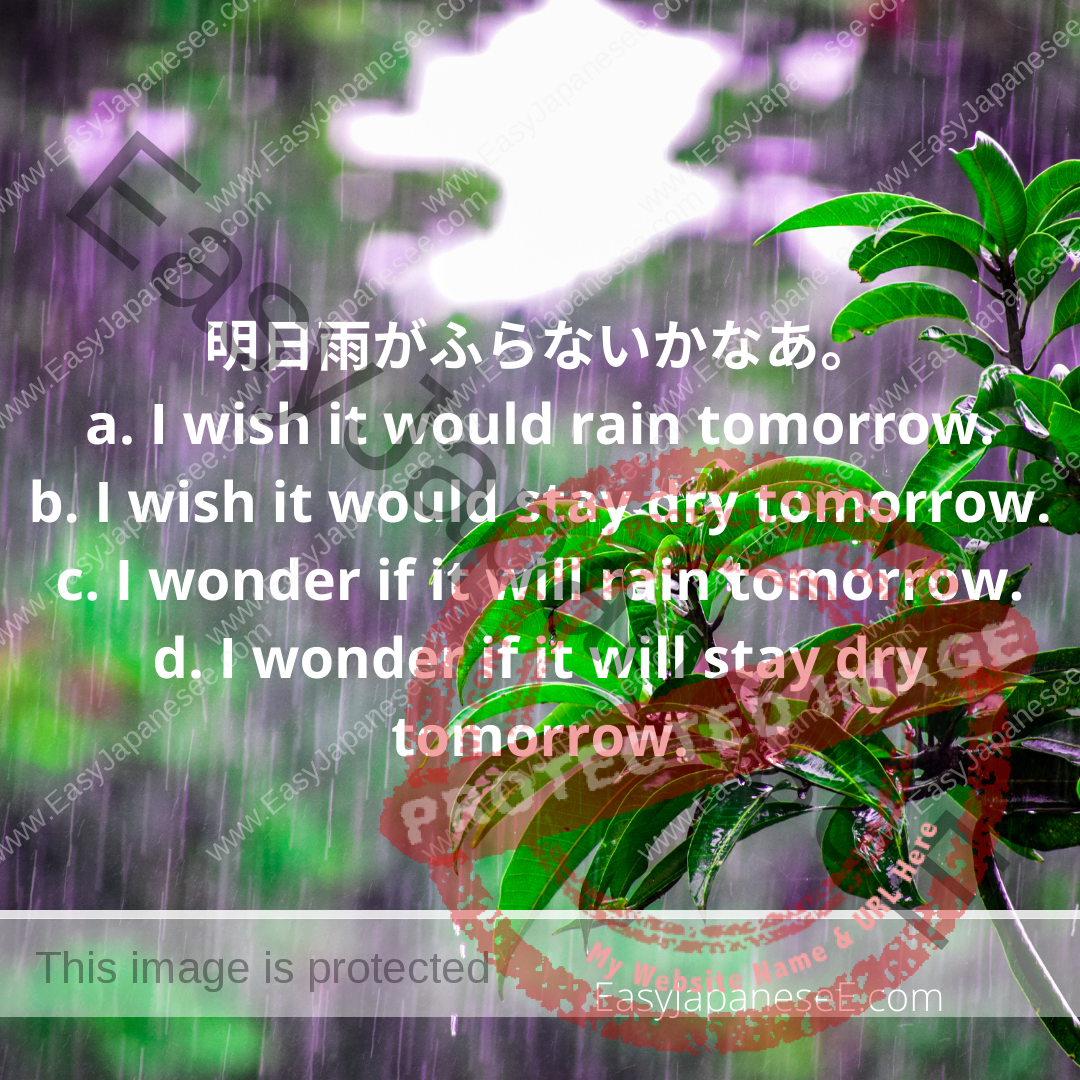
~かな/~かなあ is used when you are wondering if something will happen/has happened or not or when you are wishing for something.
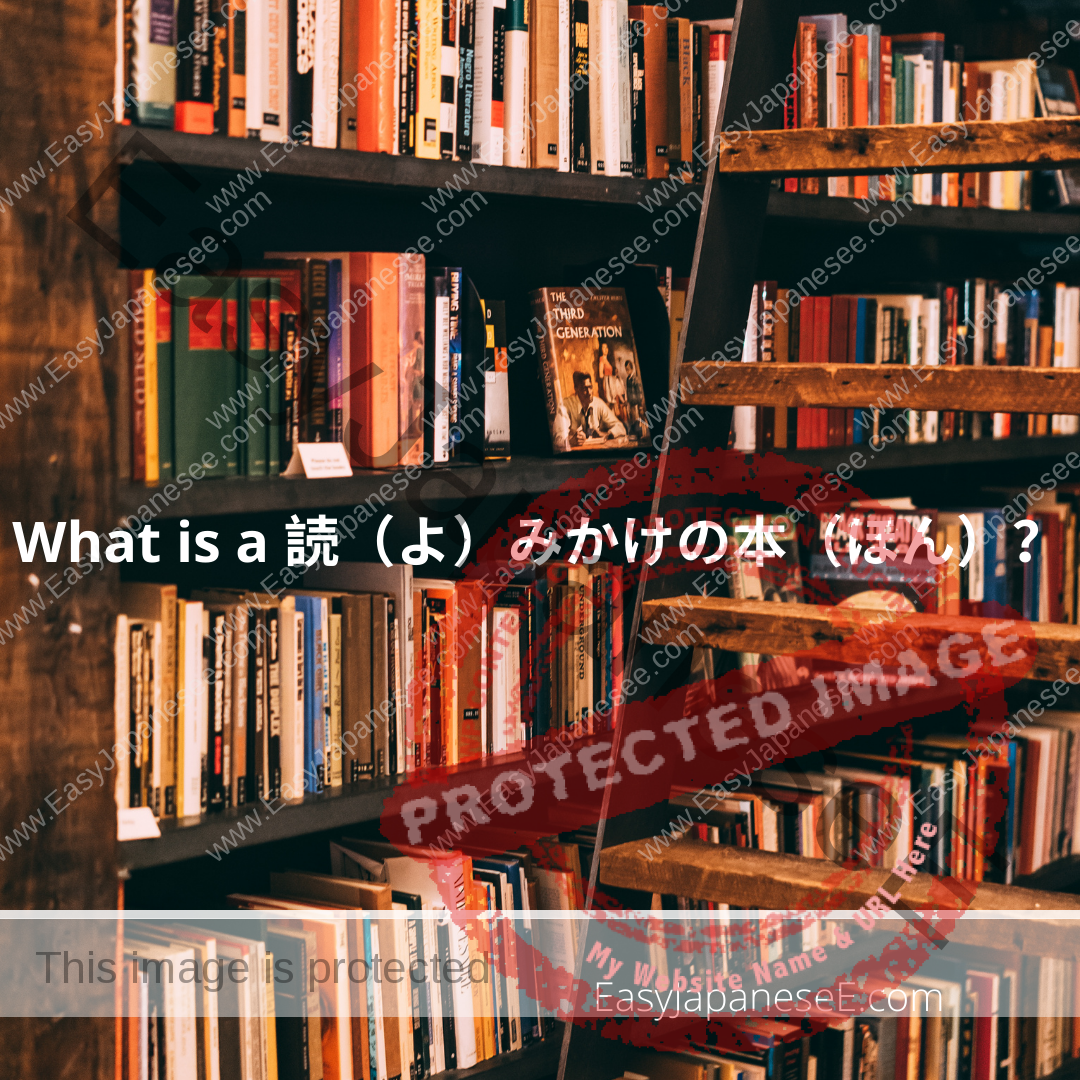
~かける、~かけの is used when
exerting an action on somebody else / an action was started but not completed / something was about to happen but stopped before too late
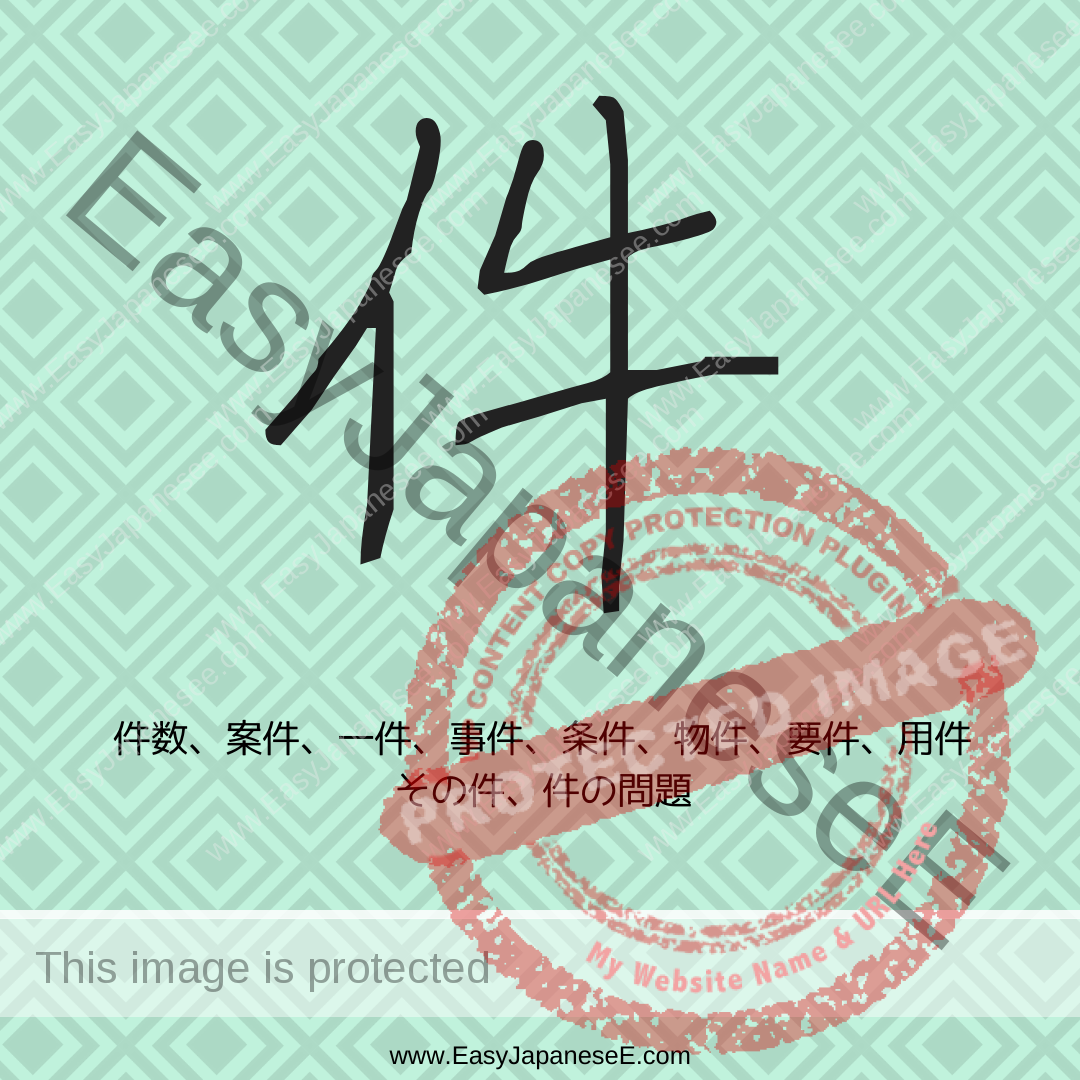
Today’s #kanji is #件, which is listed under the radical of #にんべん(亻). It is a compound ideograph made of 人 (a person) and 牛 (a cow/bull).

~がたい、~づらい、~にくい are all usually translated as “difficult to ~” or “hard to ~” but they are not quite interchangeable. I will compare these 3 today below.

~たび is used when a certain situation triggers the same, rather unexpected outcome every time without failure. Check examples here.
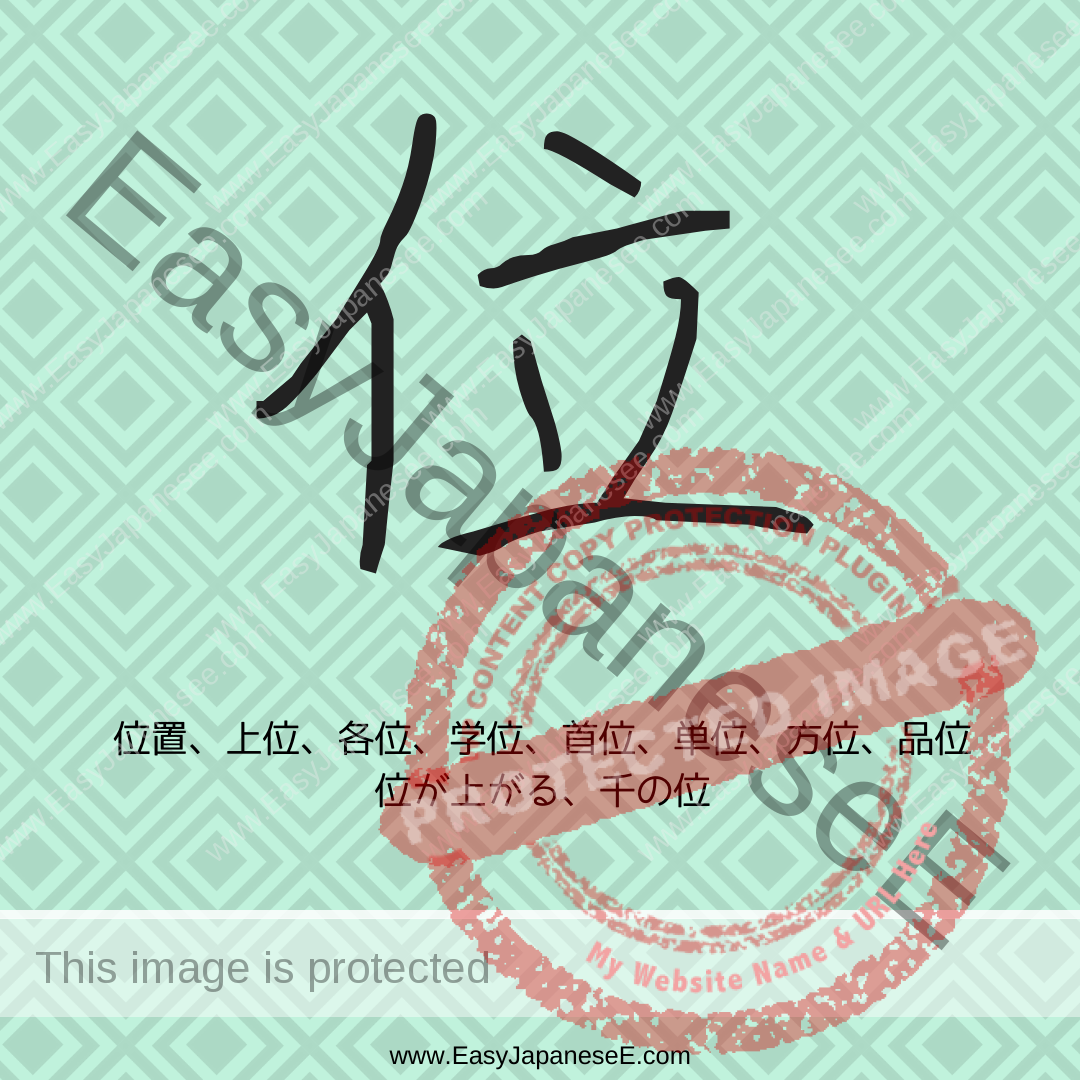
Today’s #kanji is #位, which is listed under the radical of #にんべん(亻). It is a compound ideograph made of 人 (a person) and 立 (to stand).
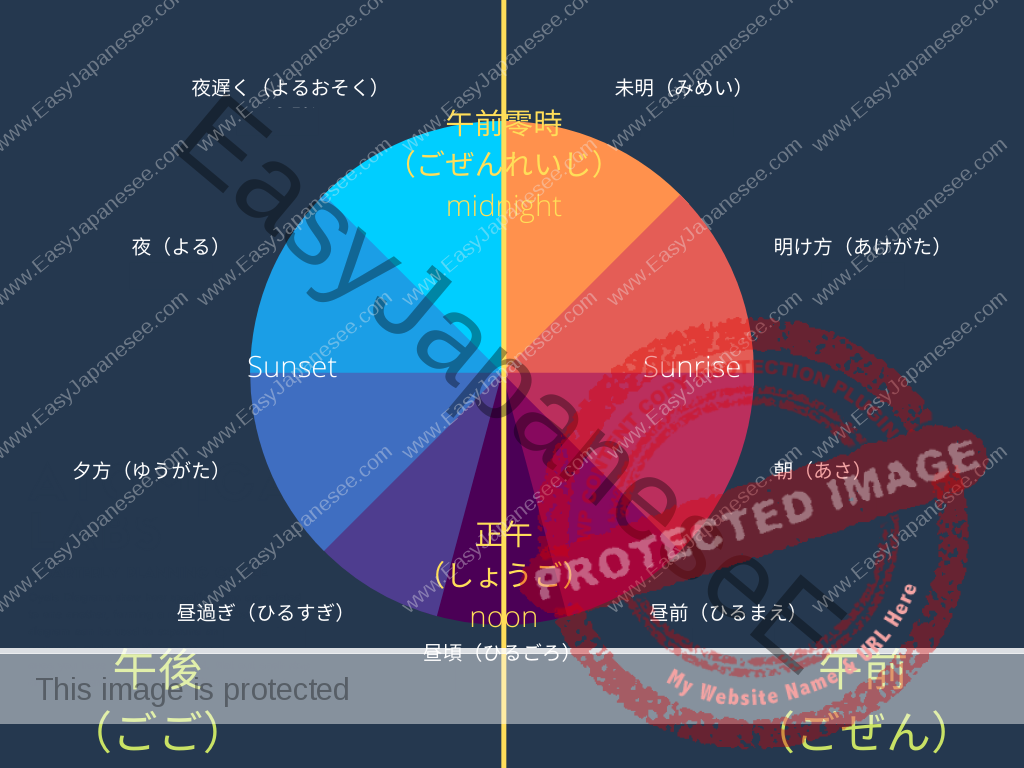
Learn what time phrase we can use for each time of the day in Japanese as well as what we say for “every morning,” “every night,” etc. in Japanese.

The “xxxは△△△です。” pattern is not only for describing people but can be used for describing occasions and items as well. Use this page for vocab building.
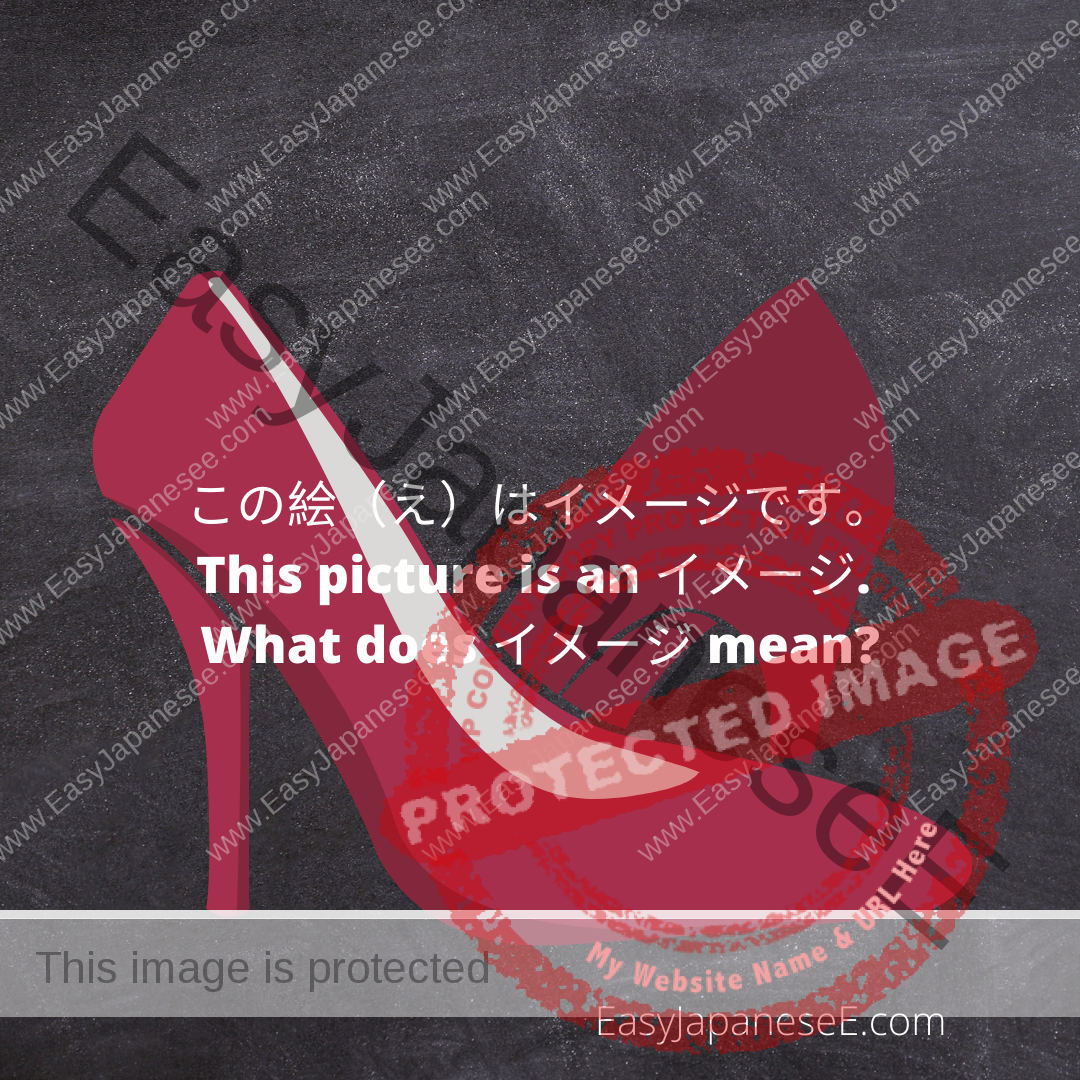
イメージ is the transliteration of the English word “image” but with a slightly different meaning. Also, although “Image” doesn’t have a long vowel, it’s written with ー. This post explains why.
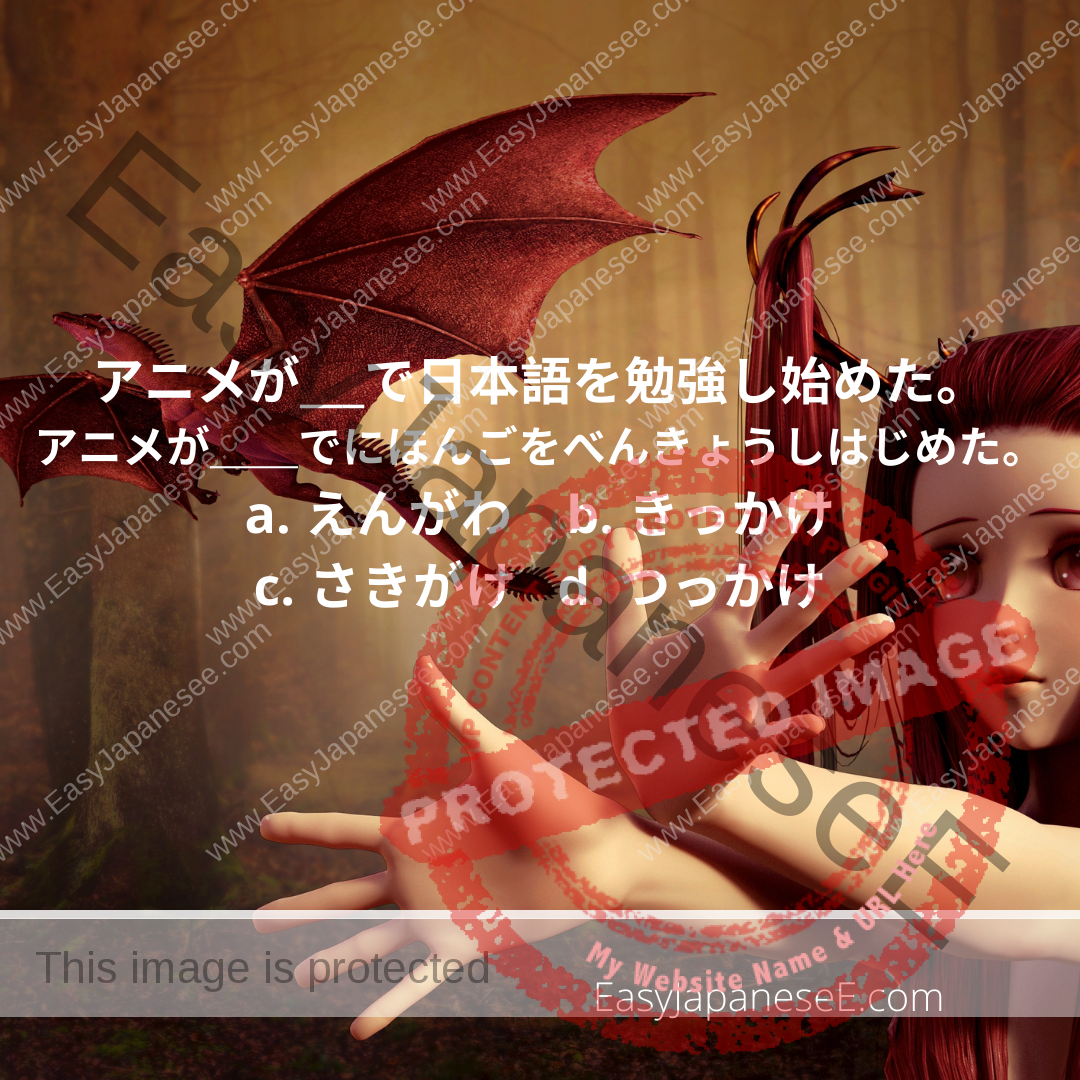
きっかけ means a “cue” or a “trigger” and ~がきっかけで/~をきっかけに is used when you want to describe one action lead to another. See more examples here.
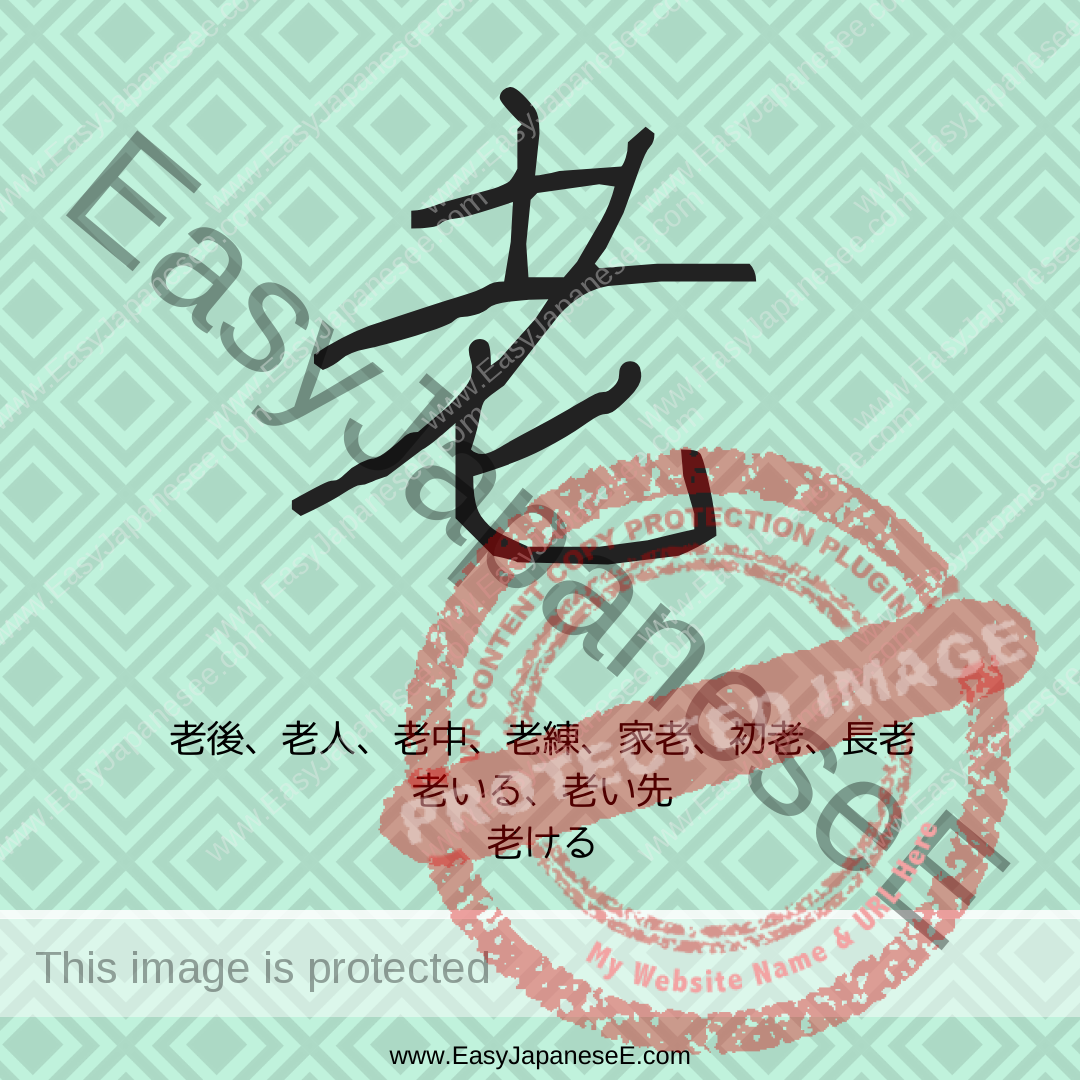
Today’s #kanji is #老, which makes its own radical #おいかんむり(老). Some say 老 is a compound ideograph made of 毛, 人 and 匕 and others say it is a pictograph.
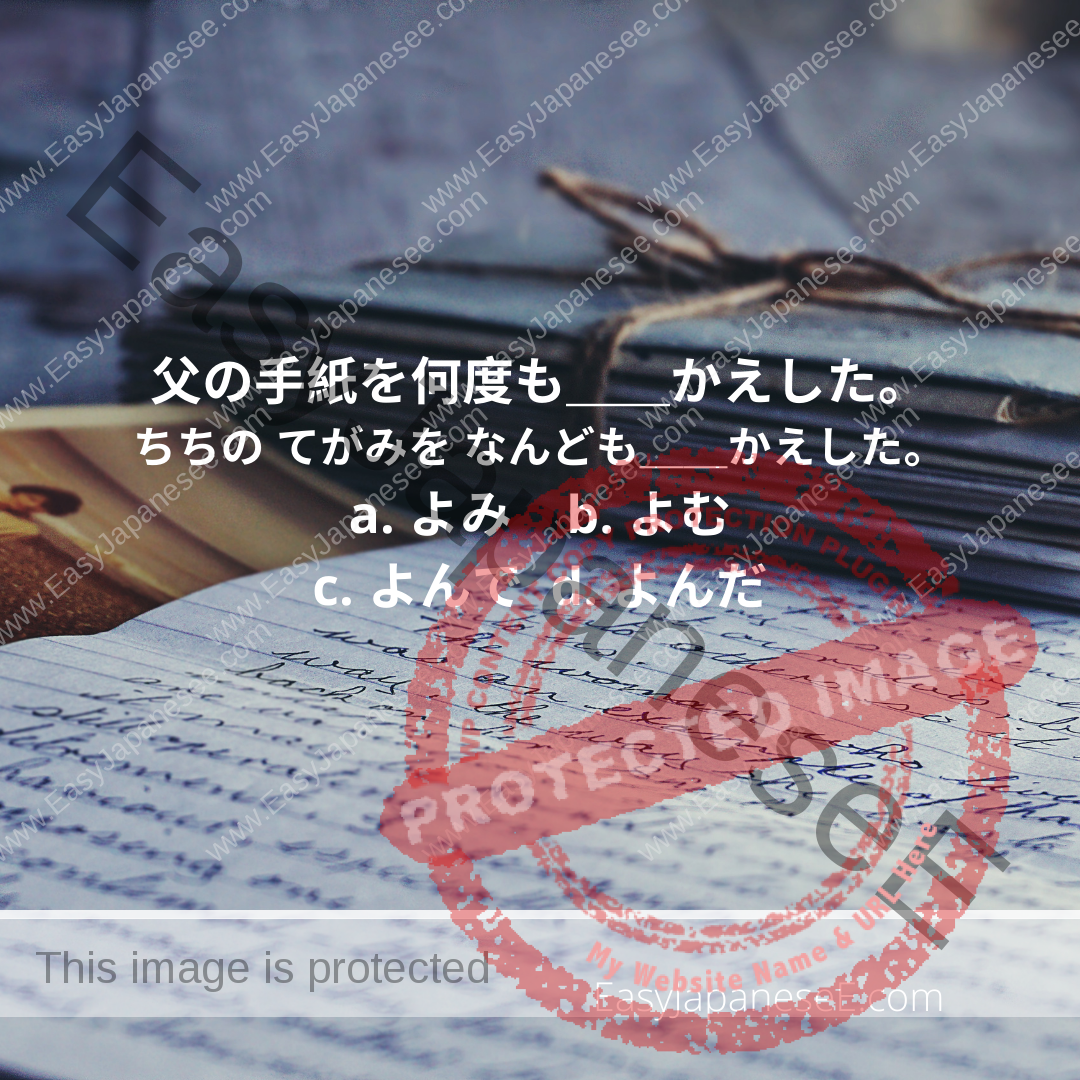
~をかえす means “to return,” “to put back,” or “to reverse” but かえす can be used with a verb stem and add the meaning of “in return,” “back,” “again,” or “over.”
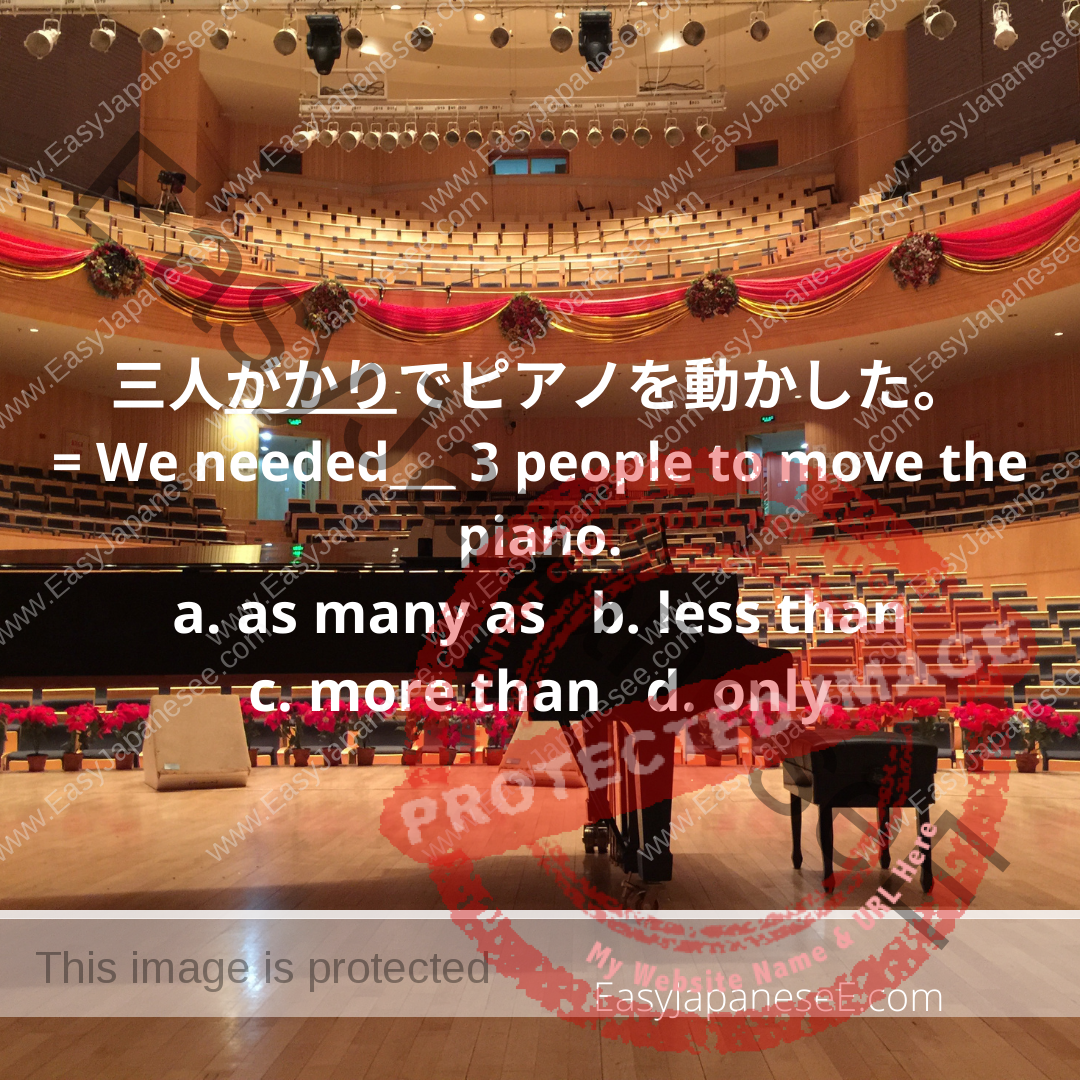
がかり is an expression to emphasize the amount of effort/time needed in a certain situation. Read more example sentences here.
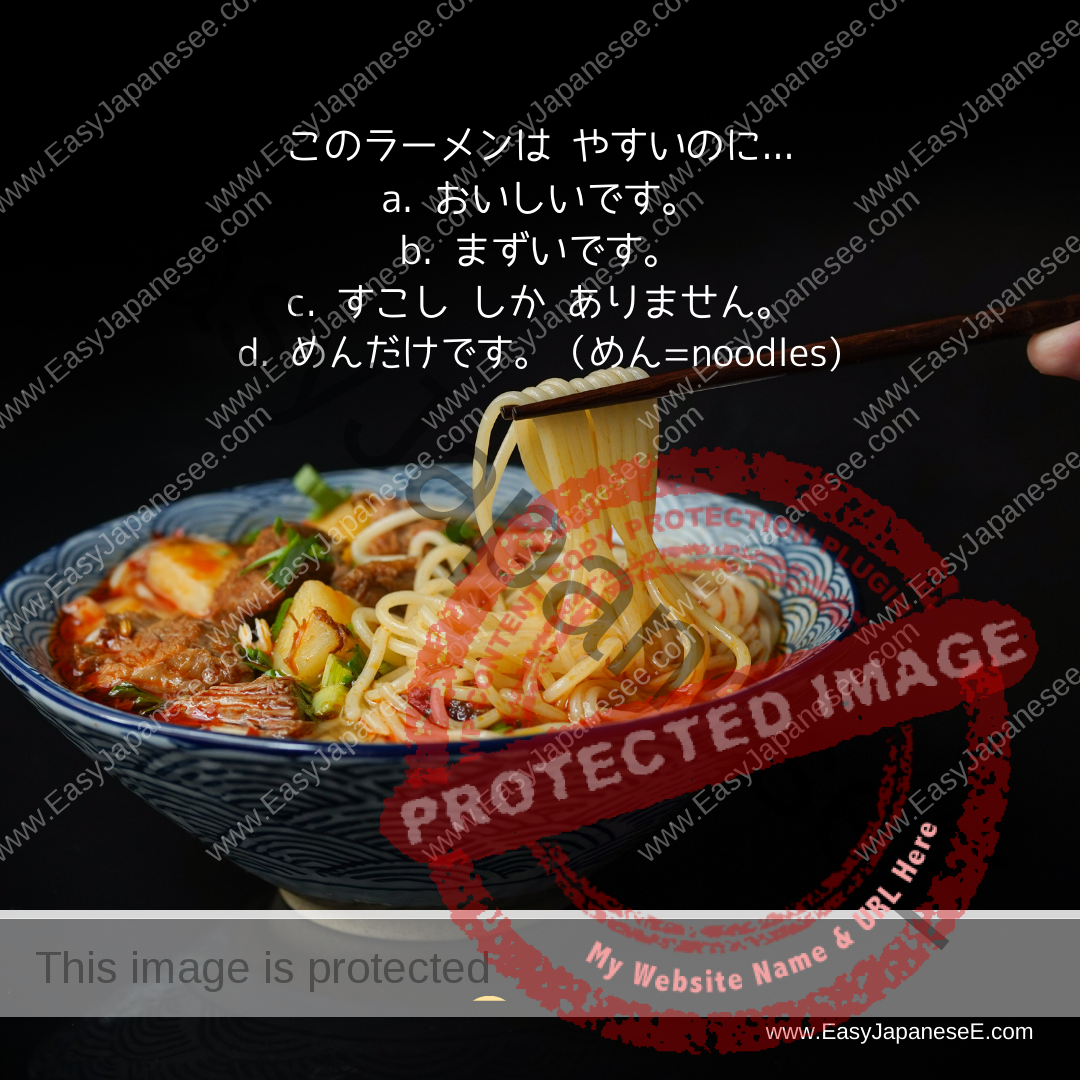
This post explains how to use the connecting particle ~のに for 2 contradicting facts. This also explains the differences of ~のに from ~が, ~けど or ~けれど.

Today’s #kanji is #役. It is listed under its semantic element of #ぎょうにんべん(彳). Its phonetic element is 殳 though 役 and 殳 do not share a sound in Japanese.

デモ is the transliteration of the English word “demo” which is a shortened form of “demonstration.” However, “demo” cannot always be translated with デモ. See examples here.
